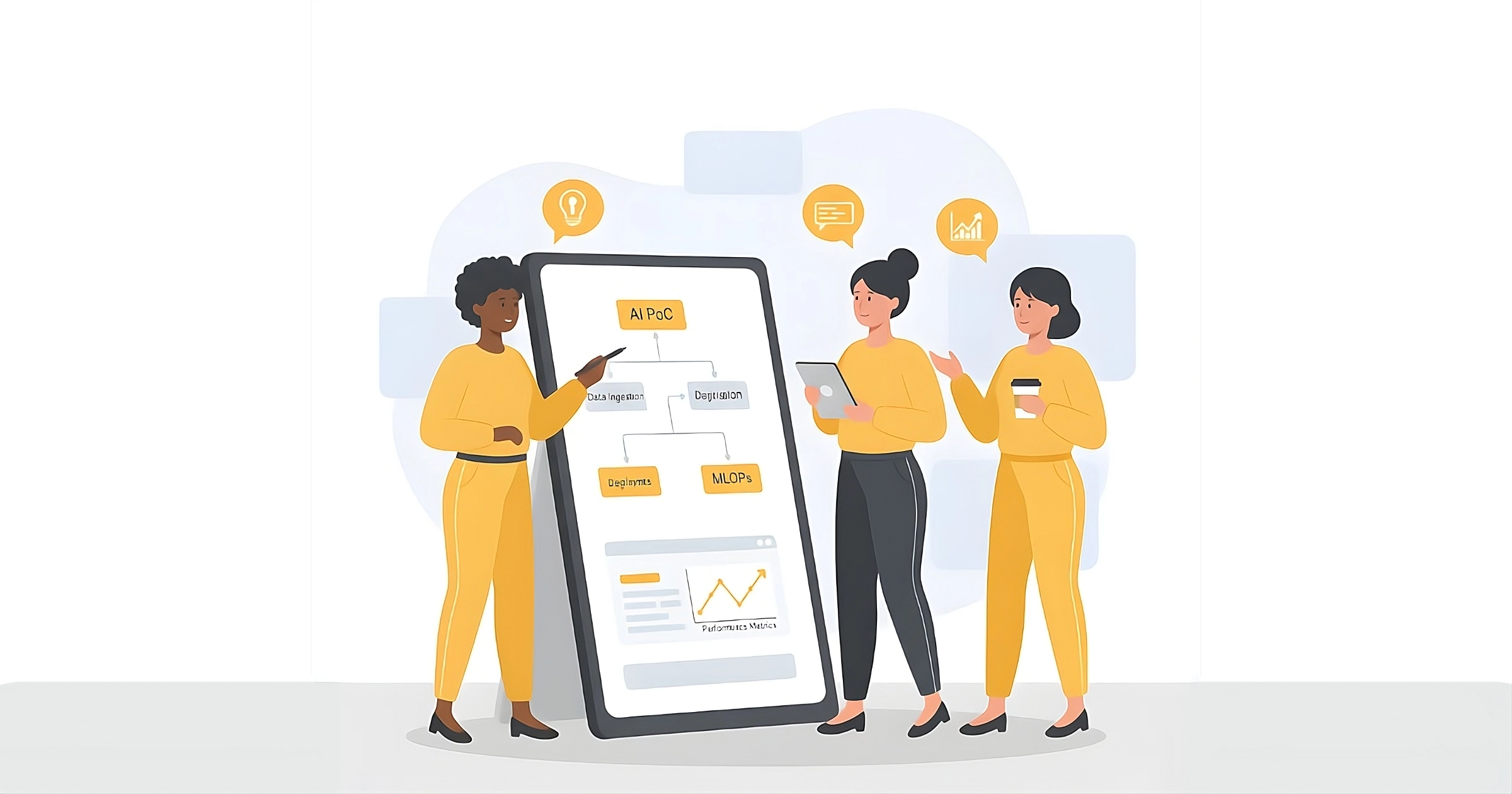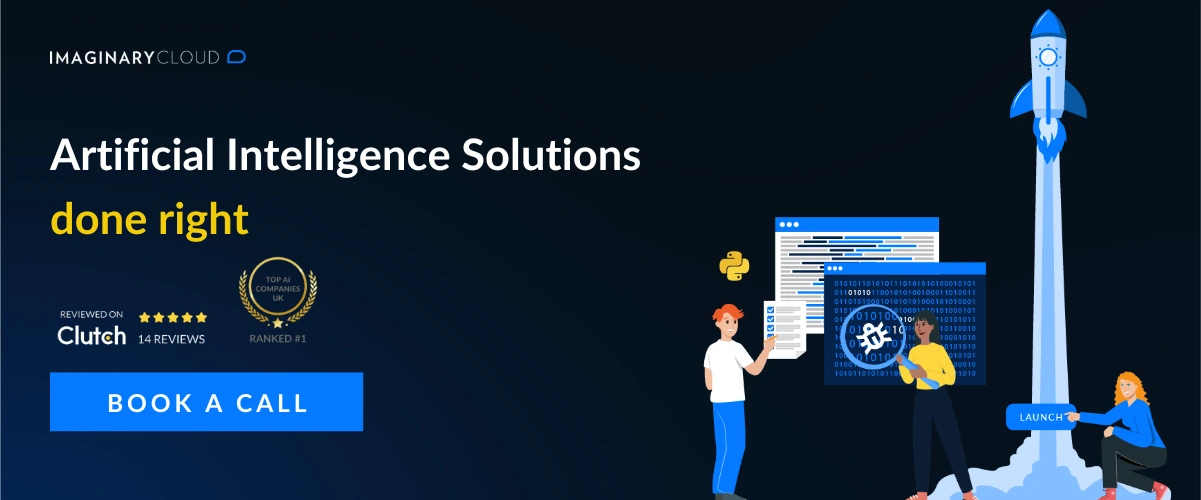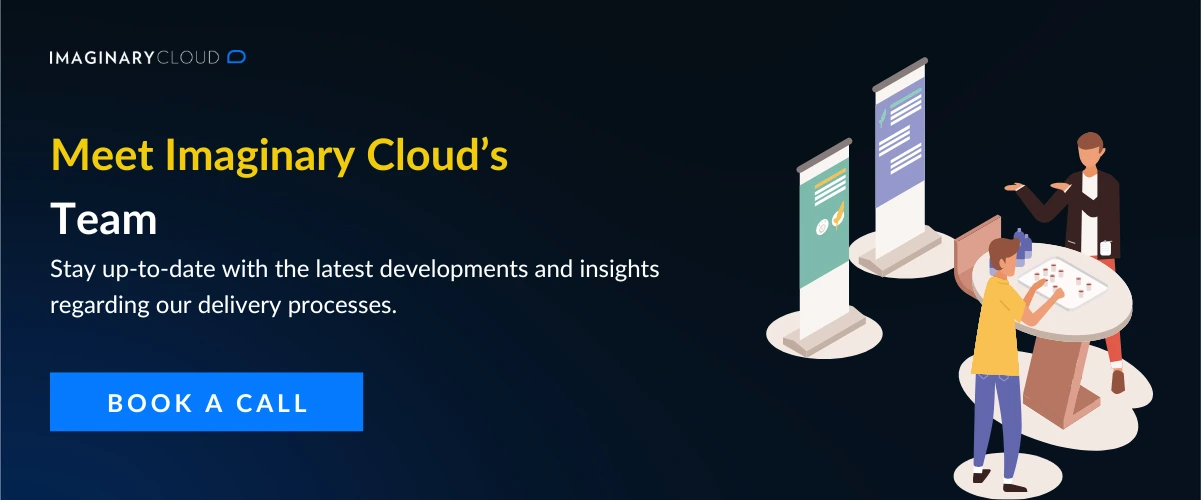contact us


A scalable AI Proof of Concept (PoC) is an experimental project that demonstrates the viability of an AI solution, incorporating the architectural foresight and infrastructure considerations necessary for future expansion into a complete production system. It verifies an AI model's potential while laying the groundwork for real-world deployment.
A scalable AI PoC is about proving it can work at scale, deliver consistent value, and integrate seamlessly into existing business processes. It transforms theoretical potential into tangible, deployable solutions that drive growth and efficiency. Many businesses seek comprehensive AI solutions for businesses that are innovative and also practical for large-scale applications.
A truly scalable AI PoC is designed with productionisation in mind from day one. This involves considering factors such as data volume, processing speed, model retraining frequency, deployment environments, and integration points with other systems. It's about building a solid foundation that can handle increased load and complexity without requiring a complete rebuild later on.
A standard prototype often focuses solely on demonstrating core functionality using limited data and resources, often in an isolated environment. It's a quick, dirty, and effective way to test an idea. A scalable PoC, however, goes further. It involves:
Key Takeaway: A scalable AI PoC is a forward-thinking investment, validating not just the "if" but also the "how" and "at what cost" of deploying AI solutions broadly within an organisation.
Building a robust pipeline for AI from PoC to production relies on two critical pillars: designing for scalable architecture and establishing resilient data pipelines. Neglecting these early on can lead to significant bottlenecks and rework later on.
Designing for a scalable AI architecture means thinking beyond the initial experiment. It involves modularity, microservices, and containerisation.
Actionable Steps:
Data is the lifeblood of any AI system. Resilient data pipelines ensure a continuous, high-quality flow of data for training, inference, and monitoring, even under stress or failure conditions.
Actionable Steps:
Key Takeaway: A production-ready AI solution requires a scalable architecture built on modularity and cloud principles, coupled with automated, validated, and resilient data pipelines.

MLOps (Machine Learning Operations) extends DevOps principles to machine learning workflows, bridging the gap between data scientists and operations teams. Implementing MLOps best practices is crucial for moving AI models from research to reliable production systems. This includes continuous integration/continuous deployment (CI/CD) and robust monitoring.
Applying CI/CD to ML workflows involves automating the entire process, from code changes to model deployment and retraining. This ensures rapid, consistent, and reliable updates.
Actionable Steps:
Models degrade over time due to changing data patterns or real-world dynamics. Continuous monitoring and optimisation are essential to maintain performance.
Actionable Strategies:
Key Takeaway: MLOps, through automated CI/CD pipelines and continuous monitoring, is the backbone of successful AI model productionisation, ensuring models remain performant and relevant.
Deciding whether to build an in-house MLOps platform or leverage external services is a critical strategic choice when scaling AI. This "build vs. buy" dilemma impacts resource allocation, time-to-market, and long-term maintainability.
Building an in-house MLOps platform offers maximum customisation and control, but it's resource-intensive.
Consider building in-house if:
Challenges: High upfront investment in development and ongoing maintenance, requiring a dedicated team of ML engineers, DevOps specialists, and data architects.
A prime example of a successful "build" strategy is Zillow's transformation of its iconic Zestimate property valuation tool.
Cloud platforms and managed services significantly accelerate AI development and deployment by providing pre-built infrastructure and tools. These platforms abstract away much of the underlying complexity, allowing teams to focus more on model development.
Advantages:
Many businesses are exploring partnerships with AI consulting companies to effectively leverage these platforms.
Specialised AI PoC services, such as Imaginary Cloud's Axiom, are designed to de-risk AI investment and create a clear, validated path to production. Axiom is a fixed-price, 6-week process built specifically for Engineering Leaders, CTOs, and technical decision-makers who need to validate mission-critical AI initiatives before committing to full-scale development.
This "enterprise-ready" approach builds the PoC for scalability, maintainability, and security from day one, avoiding the technical debt of a standard prototype.
How Axiom accelerates your AI journey:
Key Takeaway: The "build vs. buy" decision depends on your unique needs, available resources, and strategic priorities. Cloud platforms offer speed and scalability, while a specialised service like Axiom provides an accelerated, de-risked, and enterprise-ready path from concept to a production-validated PoC.
Technical excellence alone isn't enough for successful AI scalability. Organisational alignment, cultural readiness, and strong governance frameworks are equally crucial to ensure AI solutions deliver sustained business value.
Successful AI adoption requires buy-in across the organisation, from executives to front-line employees. Fostering an "AI-ready" culture involves communication, education, and collaboration.
Actionable Steps:
As AI scales, so do its potential impacts. Establishing clear governance and ethical guidelines is paramount to responsible deployment.
Critical Considerations:
Key Takeaway: Beyond the technical details, successful AI scaling hinges on strong leadership alignment, a supportive organisational culture, and proactive ethical and governance frameworks.
Transitioning an AI model from a controlled prototype to a dynamic production environment introduces several complex challenges. Anticipating and planning for these hurdles is essential for a smooth and effective scale-up.
These are some of the most common and critical challenges in production AI:
Many AI projects fail to make it beyond the lab due to a few recurring pitfalls:
Key Takeaway: Proactive management of data and model drift, combined with a production-first mindset and strong cross-functional collaboration, is crucial to overcoming the inherent challenges of scaling AI.
.webp)
Moving an AI Proof of Concept to a scalable production environment is a complex and rewarding journey. It demands a great algorithm and a strategic blend of robust architecture, diligent MLOps practices, thoughtful build-vs-buy decisions, and strong organisational alignment.
By focusing on practical implementation, continuous monitoring, and proactively addressing challenges, businesses can unlock the full potential of their AI initiatives, transforming innovation into sustained business value.
Ready to Validate Your AI Vision and De-Risk Your Investment?
The journey from concept to production is the most critical stage of AI development. Contact us to know how to our Axiom AI PoC Service, a 6-week, fixed-price engagement designed for technical leaders to test, validate, and build a production-ready blueprint for their most mission-critical AI initiatives.
After a successful AI PoC, the essential steps include refining the model for production, developing scalable data pipelines, setting up MLOps for CI/CD, designing for monitoring and retraining, and securing stakeholder buy-in for full deployment.
To move an AI model from a Jupyter Notebook to production, you should first refactor the notebook code into modular, production-grade scripts. Then, containerise the model and its dependencies (e.g., with Docker), implement version control, integrate with CI/CD pipelines, and deploy it to a scalable infrastructure, such as a cloud-managed service or a Kubernetes cluster.
A checklist for successful AI model productionisation typically includes: ensuring data quality and availability, designing scalable architecture, implementing MLOps CI/CD, establishing continuous monitoring for drift and performance, setting up automated retraining, securing infrastructure, addressing ethical and governance concerns, and planning for business integration and user adoption.
A managed MLOps service provides ready-to-use platforms and expert support, handling infrastructure, tools, and best practices, which speeds up deployment and reduces operational burden. Building an in-house solution requires significant investment in developing and maintaining your own platform, offering maximum customisation but demanding substantial internal expertise and resources.


Alexandra Mendes is a Senior Growth Specialist at Imaginary Cloud with 3+ years of experience writing about software development, AI, and digital transformation. After completing a frontend development course, Alexandra picked up some hands-on coding skills and now works closely with technical teams. Passionate about how new technologies shape business and society, Alexandra enjoys turning complex topics into clear, helpful content for decision-makers.
People who read this post, also found these interesting: